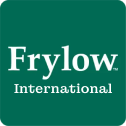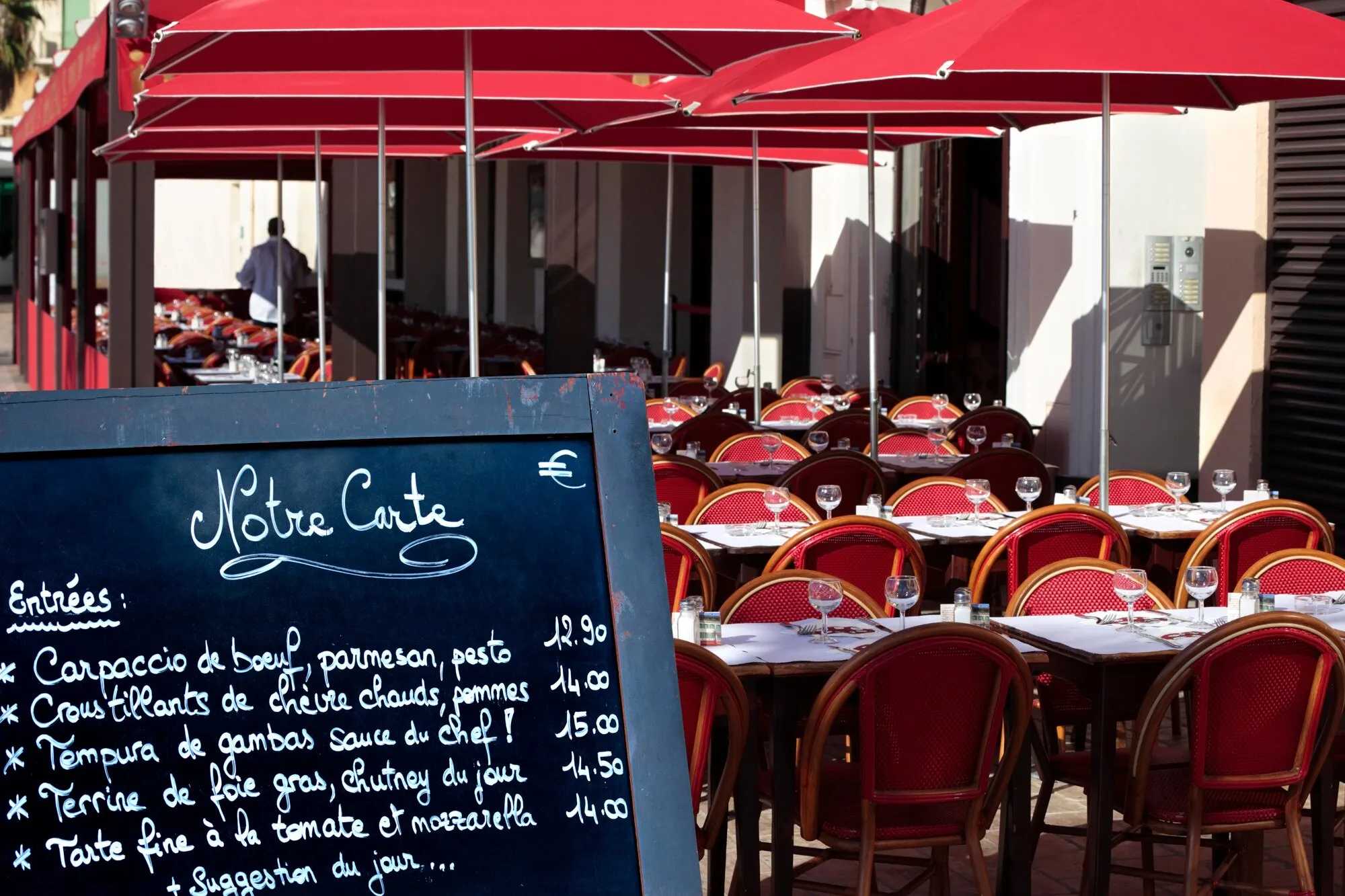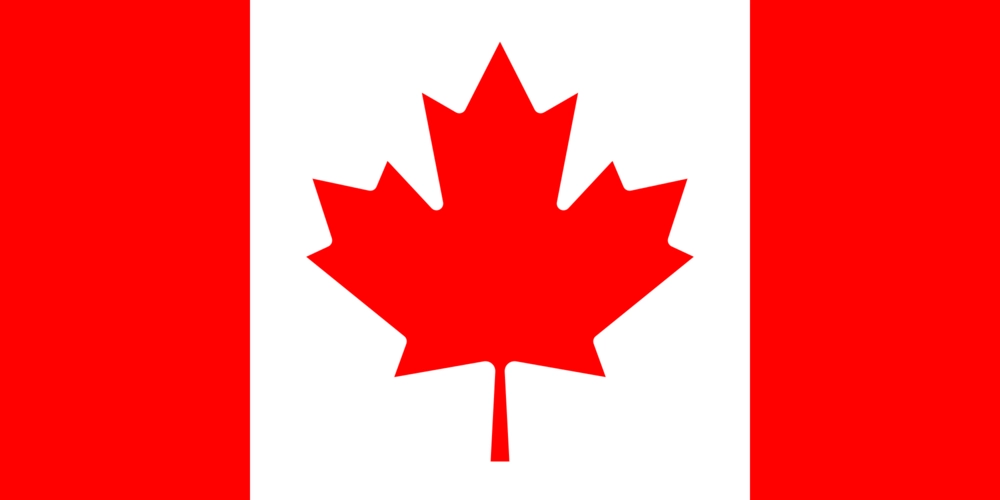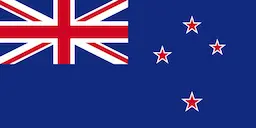Restaurants spend 20% to 40% of their revenue on food. This fact shows how crucial food cost analysis is in the restaurant industry. As a chef and owner, I’ve learned that understanding food costs is vital for survival.
This guide covers the basics of food costing and advanced techniques. We’ll explore menu pricing strategies and recipe cost calculators. You’ll gain tools to tackle ingredient cost tracking like a pro.
Let’s break down the key parts of food costing. We’ll look at industry benchmarks, like the ideal food cost percentage of 28% to 35%. I’ll show you how to calculate food cost per serving.
We’ll explore how different restaurants approach their food cost targets. From steakhouses to pasta joints, each has its own strategy. Understanding these differences can help you set realistic goals.
Ready to transform your approach to food costing? Let’s crunch some numbers and boost your restaurant’s profitability and learn how to work out costings for food.
Understanding the Basics of Food Costing
Food costing is crucial for successful restaurant management. It helps kitchen owners make smart decisions about menus and pricing. This process forms the foundation of a thriving food business.
What is Food Costing?
Food costing calculates the actual cost of producing menu items. It’s essential for setting menu prices and controlling expenses. The food cost percentage usually ranges from 28% to 35% in the foodservice industry.
This percentage shows the ratio of food costs to revenue. It’s a key metric for measuring financial health in restaurants.
Importance of Accurate Food Costing in Business
Accurate food costing is vital for maintaining profitability. Regular calculations help identify trends and catch issues early. Experts recommend doing these calculations every two to four weeks.
For example, a 4.6% difference between theoretical and actual food cost percentages can greatly impact profits. Effective food inventory management is crucial in this process.
Common Terms and Definitions in Food Costing
Understanding key terms is essential for effective menu engineering. Cost of goods sold (COGS) is the total cost of ingredients used in a specific period.
Food cost percentage is the ratio of food costs to revenue. Portion cost is the expense of ingredients for a single serving.
These metrics help in setting menu prices and optimizing profitability. They’re crucial for making informed business decisions.
| Term | Definition | Importance |
| Food Cost Percentage | Ratio of food costs to revenue | Helps in pricing and profitability analysis |
| Cost of Goods Sold (COGS) | Total cost of ingredients used | Essential for financial reporting and inventory management |
| Portion Cost | Cost of ingredients for a single serving | Crucial for menu pricing and portion control |
Preparing to Calculate Food Costs
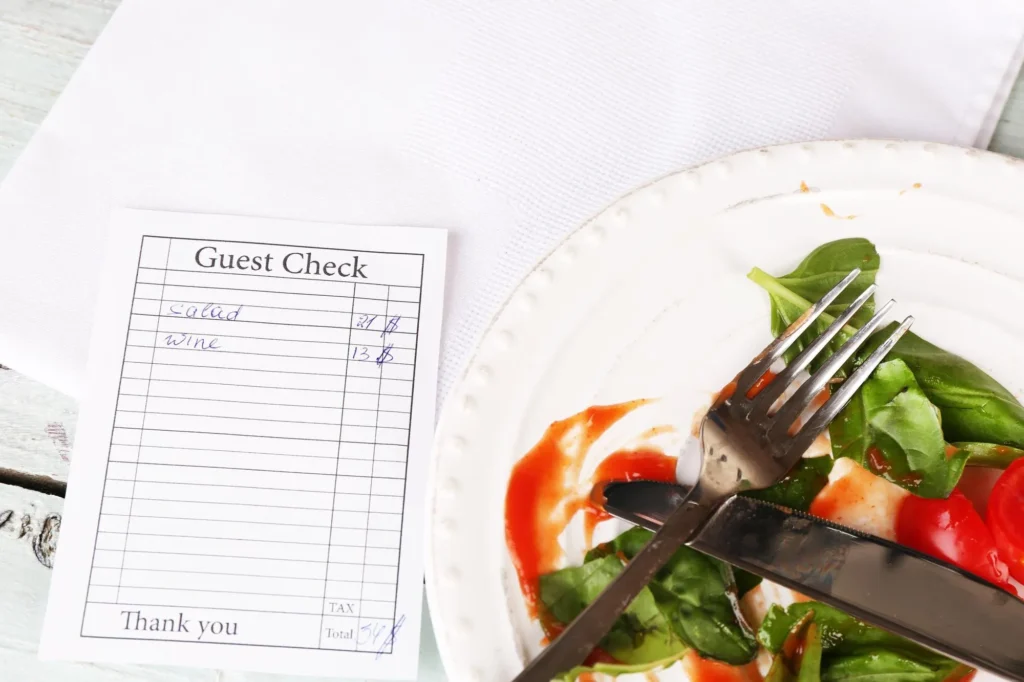
Calculating food costs is vital for a profitable restaurant. Gather essential data and set up the right tools. This process helps track total food costs and determine actual food cost percentages.
Gathering Necessary Data
Collect information on ingredient prices, inventory levels, and sales figures. This data forms the base of your food cost formula. The average restaurant food cost percentage ranges from 28% to 32%.
Tools and Software for Food Costing
Spreadsheets work well for basic calculations. However, consider investing in a specialized food cost calculator. These tools automate complex calculations and track variances between theoretical and actual food costs.
Setting Up a Costing Spreadsheet
Create a spreadsheet with menu items, ingredients, quantities, and costs columns. Include formulas to calculate total recipe costs and food cost percentages automatically. This setup allows instant viewing of your food cost metrics.
| Metric | Benchmark | Impact |
| Food Cost Percentage | 25-40% | 5% reduction can increase profits by 58% |
| High-end Restaurants | 38-40% | Higher quality ingredients increase costs |
| Simple Menu Restaurants | As low as 20% | Lower variety can reduce overall costs |
Thorough preparation equips you to calculate and manage food costs effectively. This approach can potentially boost your restaurant’s profitability.
Calculating Food Costs
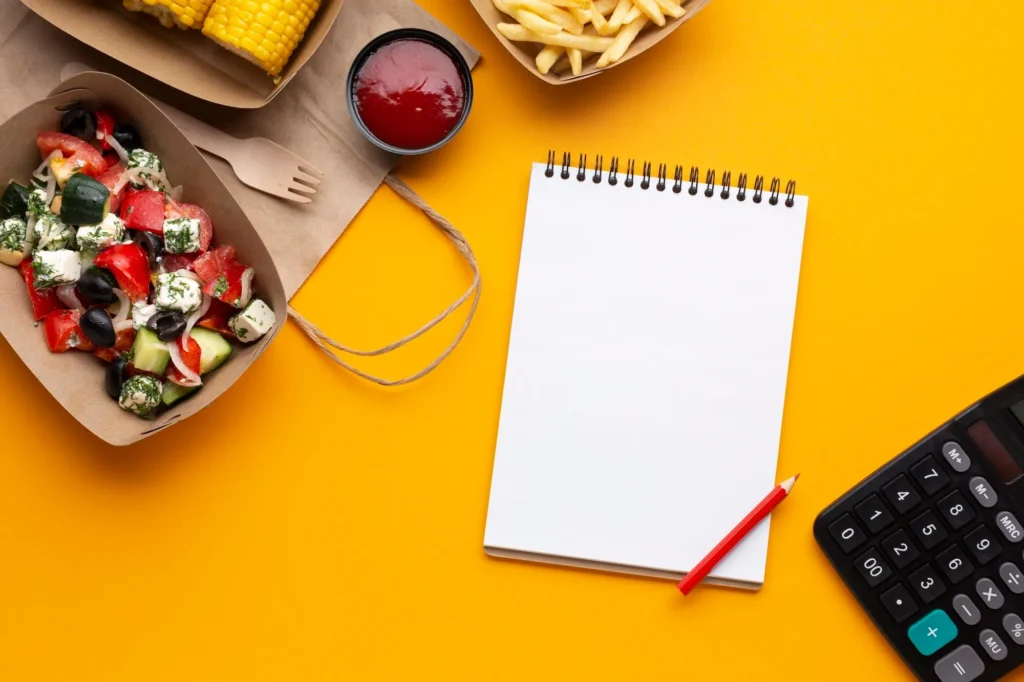
Food cost calculations are vital for restaurant success. This process covers raw ingredient costs, portion costs, and yield and waste. Let’s explore these key aspects of food costing.
Determining Raw Ingredient Costs
Track prices of all items used in your dishes to calculate raw ingredient costs. This includes everything from produce to spices. Update your records often, as prices can change.
Calculating Portion Costs
Use raw ingredient costs to determine portion costs. Measure the exact amount of each ingredient in a dish. Calculate its cost for accurate portion control across menu items.
Understanding Yield and Waste
Yield and waste greatly impact food costing. Yield is the usable amount after preparation. Waste accounts for unusable parts or spoilage.
Consider these factors when calculating food costs. They provide a more accurate picture of your expenses.
| Restaurant Type | Profit Margins | Ideal Food Cost |
| Full-service | 3-5% | 28-32% |
| Fast food | 6-9% | 28% |
| High-end | 3-9% | 35% |
| Catering | 7-8% | 28-35% |
Accurate food cost calculations help set proper menu prices. This knowledge ensures healthy profit margins. It’s key to your restaurant’s long-term success.
Advanced Food Costing Techniques

Food costing is vital for restaurant success. Advanced techniques can boost profits and streamline operations. Let’s explore these methods.
Using Recipe Costing Cards
Recipe costing cards track each ingredient’s cost. They standardize portions and calculate total costs accurately. These cards help determine food cost percentages for menu items.
Incorporating Overhead Costs
Factor in overhead costs like labor and utilities. This gives a more complete picture of expenses. It provides a more accurate food cost percentage.
For example, if food costs are $10,000 and sales are $33,333, the food cost percentage is 30%.
Adjusting for Seasonal Price Variations
Seasonal changes affect ingredient prices. Update your food costing regularly to reflect these fluctuations. This helps maintain accurate menu pricing and profit margins.
| Menu Item | Food Cost | Price | Food Cost Percentage |
| Heartstopper Special | $3.50 | $14.00 | 25% |
| Russian Roulette | $6.00 | $15.00 | 40% |
| BLT Supreme | $1.50 | $10.00 | 15% |
The industry average for food cost percentage is 28-32%. Using these techniques can optimize menu pricing. This can boost your restaurant’s profitability.
Analyzing and Adjusting Food Costs
Food cost management is vital for restaurant success. Regular menu analysis helps find ways to save money and boost profits.
Analyzing Sales Data and Cost Reports
Effective portion control starts with understanding your numbers. Calculate monthly food costs using this formula: opening inventory + purchases – closing inventory.
Track daily food costs against sales to spot trends early. This helps you make quick adjustments when needed.
Strategies for Reducing Food Costs
To manage food cost variance, focus on these key areas:
- Monitor food cost percentages monthly
- Analyze individual food categories for cost distribution
- Compare current costs to previous periods
- Subtract employee meals and promotions from basic food cost
Balancing Quality and Cost
Cost control is crucial, but food quality can’t be sacrificed. Aim for a food cost percentage between 28% and 35%.
Many restaurant owners struggle with high operating and food costs. Balancing quality and cost can help boost your profits.
| Expense Category | Percentage of Total |
| Food Costs | 28-35% |
| Labor Costs | 30-35% |
| Rent/Lease | 5-10% |
| Other Operating Expenses | 20-30% |
Practical Tips for Effective Food Cost Management
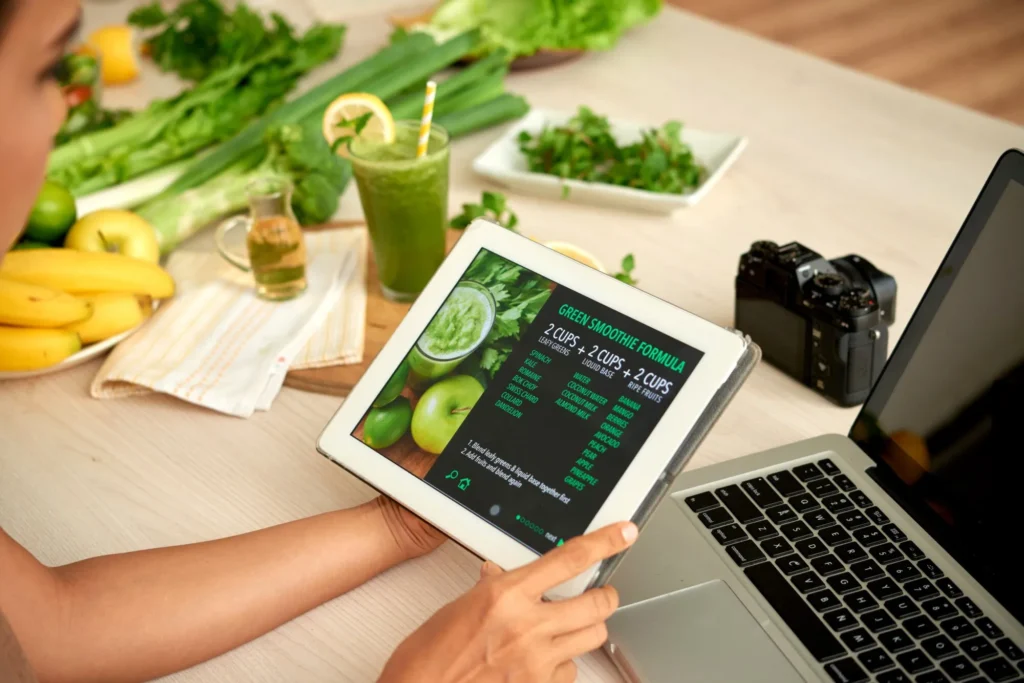
Food cost management is vital for restaurant budgeting and profitability. Smart strategies can reduce expenses while maintaining quality. Let’s explore tips to help you master food cost control.
Supplier Negotiation Tactics
Negotiating with suppliers is key to controlling ingredient costs. Build strong relationships with vendors and compare prices often. Consider joining buying groups to leverage collective purchasing power.
Regular Inventory Management Practices
Consistent food inventory management tracks costs and reduces waste. Implement weekly stock counts and monitor par levels closely. Use digital tools for ingredient cost tracking to streamline the process.
This practice helps identify overstock issues and potential theft. It can save money in the long run.
Utilizing Discounts and Buying in Bulk
Take advantage of discounts and bulk purchasing for non-perishable items. This strategy can significantly reduce overall food costs. Be cautious not to overbuy perishables, as spoilage can negate savings.
| Strategy | Potential Savings | Implementation Difficulty |
| Supplier Negotiation | 5-15% | Medium |
| Regular Inventory Checks | 3-8% | Low |
| Bulk Purchasing | 10-20% | Low |
Effective food cost management needs ongoing effort and attention to detail. Combine these strategies with proper staff training on portioning. Focus on waste reduction to maintain consistent food costs across shifts.
Final Thoughts on Food Costing
Food costing is crucial for restaurant profits. It typically ranges from 28% to 32% of net selling prices. A 7.5% decrease in food costs can boost gross profits by 15.3%.
Regular food cost analysis is essential. Menu engineering helps optimize food costs. Analyze sales mix data and recipe costing to make informed decisions.
Different restaurants have varying food cost targets. Fast-casuals aim for 28-30%, while pizza businesses can target 18-22%. Find the right balance for your operation.
Calculate your costs weekly for the best results. Track starting and ending inventory, along with purchases. Keep actual and ideal food costs within 0.5% of each other.
Use inventory tracking software and data-driven ordering suggestions. This helps reduce waste and make smarter purchasing decisions. These steps lead to increased profitability and long-term success.
FAQ
What is the formula for calculating food costing?
The formula for calculating food cost percentage is: Total food cost percentage = (total cost of goods sold / total revenue) x 100. Before using this formula, you must gather some information about your restaurant. Start by taking an inventory count with the costs for each item. Learn more about this formula for food cost calculation.
What factors should be considered when calculating food costs?
When calculating food costs, consider the cost of raw ingredients, seasonal price fluctuations, and portion sizes to determine the price per dish. Additionally, accounts for operational expenses like labor, utilities, overheads, and potential waste and spoilage. It’s also crucial to factor in desired profit margins to ensure financial viability.
How do I determine the cost per serving for a recipe?
First, to determine the cost per serving for a recipe, calculate the total cost of all ingredients by considering the quantity used and the price per unit. Then, divide the total cost by the number of servings the recipe yields to find the cost per serving. This approach ensures you account for all expenditures and enables precise budgeting for each portion.
What is the best way to track and manage food expenses over time?
Using a digital budgeting tool or app to categorize and monitor your purchases is the best way to track and manage food expenses over time. Regularly update this budget with receipts and invoices to ensure accuracy, and analyze spending patterns to identify areas for cost-saving. This method offers a clear overview of your expenses and helps make informed decisions about purchasing and consumption.
How can I account for fluctuating ingredient prices in my costings?
To account for fluctuating ingredient prices in your costings, consider setting up a flexible budgeting model that allows for regular updates based on current market prices and includes a contingency buffer to accommodate price variations. Monitoring supplier prices frequently and negotiating bulk purchase discounts can also help stabilize costs. Utilizing cost-effective substitutes during price surges can also maintain profitability without compromising quality.
Resources
https://www.lightspeedhq.com/blog/how-to-calculate-restaurant-food-costs
https://www.touchbistro.com/blog/how-to-calculate-food-cost-percentage/
https://www.galleysolutions.com/blog/ads670crack2y9uxeo1c2zc180mfk0
